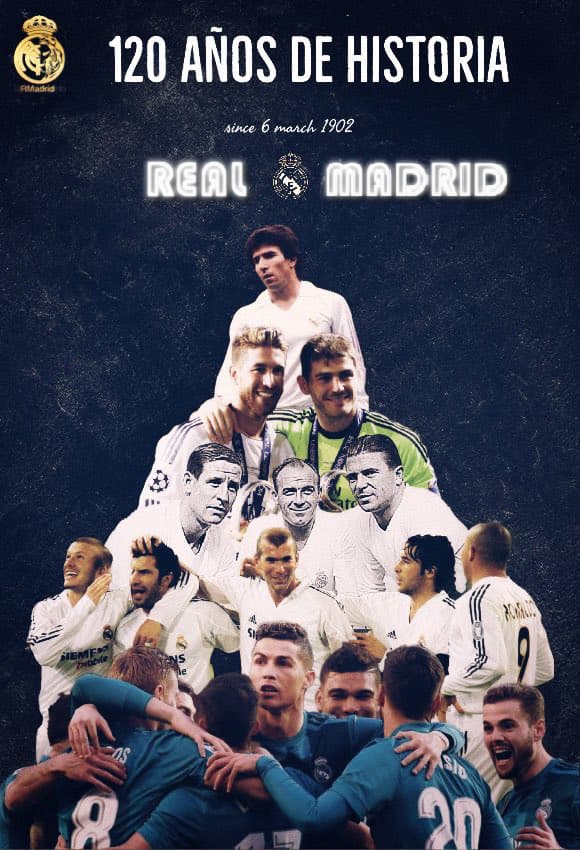Real Madrid, undoubtedly one of the most prestigious and successful football clubs in the world, has a storied history that dates back over a century. Founded in 1902, the club has risen from its humble beginnings to become a symbol of excellence and dominance in the world of football. This article explores the fascinating journey of Real Madrid from its inception to its status as football royalty.
The Real Madrid Founding Years
Real Madrid was officially established on March 6, 1902, by a group of enthusiastic football enthusiasts led by Juan Padrós and his brothers. Initially, the club was named “Madrid Football Club.” However, it was later granted the title “Real” by King Alfonso XIII of Spain in 1920, signifying its royal patronage. The club’s original colors were blue and white, but they eventually adopted the now-iconic all-white kit.
Early Success and Domestic Glory
In its early years, Real Madrid achieved moderate success in regional competitions, but it was in the 1930s that the club truly began to make a name for itself on the national stage. The team clinched its first Spanish Cup (Copa del Rey) victory in the 1935-1936 season, followed by two consecutive league titles in 1932-1933 and 1933-1934.
Real Madrid Arrival of Santiago Bernabéu
The turning point in Real Madrid’s history came in 1943 when Santiago Bernabéu took over as the club’s president. Bernabéu’s visionary leadership and ambitious plans transformed the club into a global powerhouse. Under his guidance, Real Madrid moved to the iconic Santiago Bernabéu Stadium in 1947, which became the symbol of the club.
Emergence of the European Dynasty
The 1950s marked the beginning of Real Madrid’s dominance in European football. The club achieved unprecedented success in the newly established European Cup (now known as the UEFA Champions League). Led by legendary players such as Alfredo Di Stéfano, Ferenc Puskás, and Raymond Kopa, Real Madrid won five consecutive European Cups from 1956 to 1960, setting a record that remains unmatched to this day.
Yé-Yé Generation
In the early 1960s, a new generation of talented players emerged at Real Madrid, known as the “Yé-Yé” generation due to their long hair. With the likes of Pirri, Amancio, and Gento, the club continued its domestic success, clinching several league titles and Copa del Rey trophies throughout the decade.
Galáctico Era
The turn of the millennium saw the arrival of the “Galácticos,” a term used to describe a group of world-class and high-profile players signed by Real Madrid. The early 2000s witnessed the signings of football superstars such as Zinedine Zidane, Luis Figo, Ronaldo Nazário, David Beckham, and many others. While the Galácticos brought individual brilliance, the club’s success in terms of major trophies was somewhat inconsistent during this period.
Second European Dynasty
Real Madrid’s second European dynasty began under the management of Jose Mourinho in the early 2010s. The team boasted a formidable roster that included Cristiano Ronaldo, Sergio Ramos, and Luka Modrić. In the 2013-2014 season, they secured La Décima, the club’s long-awaited 10th UEFA Champions League title.
Real Madrid Continued Dominance
In recent years, Real Madrid has continued to add to its trophy cabinet with numerous la liga titles, Champions League victories, and FIFA Club World Cup triumphs. The club’s success by a mix of top-class talent from their youth academy, such as Sergio Ramos and Marcelo, as well as key signings like Gareth Bale and Toni Kroos.
Conclusion
Real Madrid’s rich history is a testament to the club’s enduring commitment to excellence and the pursuit of greatness. From its modest beginnings in 1902 to its current status as a footballing giant, the club has showcased a brand of football that has captured the hearts of millions worldwide.

